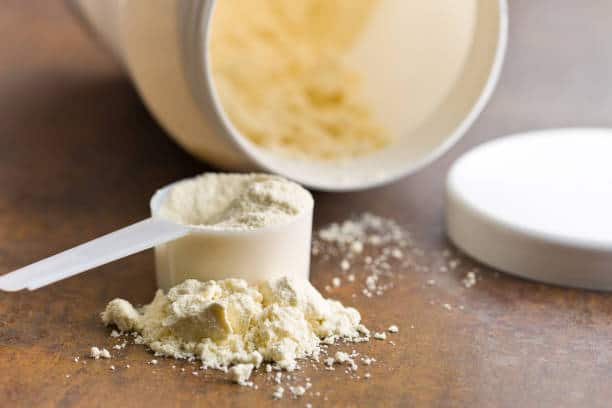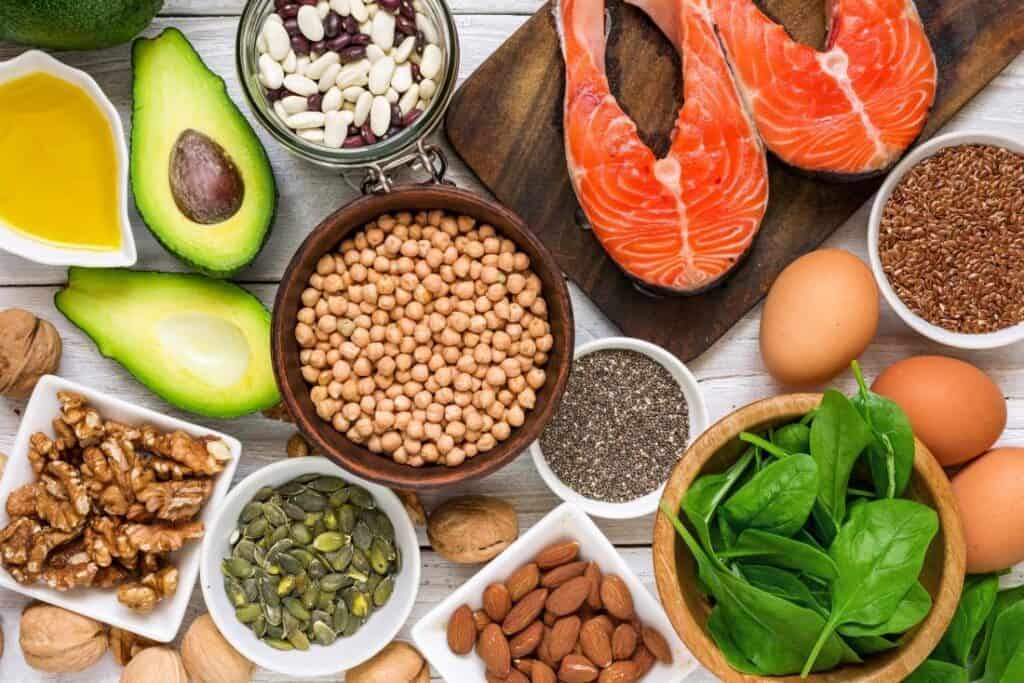Everyone Needs
But Why & How Much!
You’ve probably heard of the macronutrients (protein, fats, and carb) the body needs to function. Proteins play a role in nearly every biological process, and their functions vary widely.
But what about protein powders and can they replace a meal? The variety of protein powders on the market right now, is downright mind-boggling and seems everyone has a different slant on how they feel about it.
After counseling 1000’s of patients over the past two decades, I listened. I find people are stressed and don’t always have time to eat properly. This can dramatically affect the digestive tract and the ability to digest food optimally. Proper digesting was designed to take place when we chew our food in a relaxed setting. That isn’t always possible. This is where protein powders can shine and still give a boost, feed the muscles, increase energy and give the building blocks needed to maintain health.
Protein powders were long thought of only benefiting body builders and people who wanted to build muscle. Now they realize everyone can benefit from young to old, sedentary to athletic.
WHAT DO PROTEINS DO?
The main functions of proteins in the body are to build, strengthen and repair or replace things, such as tissue.
Most people commonly recognize that their bones, skin and muscles have significant amounts of protein. What is every bit important, is to know that proteins also work as enzymes, hormones like insulin, antibodies and hemoglobin in the blood as a carrier for oxygen.
And last but not least, structural collagen. All of these are proteins.
Keratin is a structural protein that strengthens protective coverings, such as hair. Collagen and elastin, too, have a structural function, and they also provide support for connective tissue.
Most enzymes are proteins and are catalysts, which means they speed up chemical reactions. They are necessary for respiration in human cells, for example, or photosynthesis in plants.
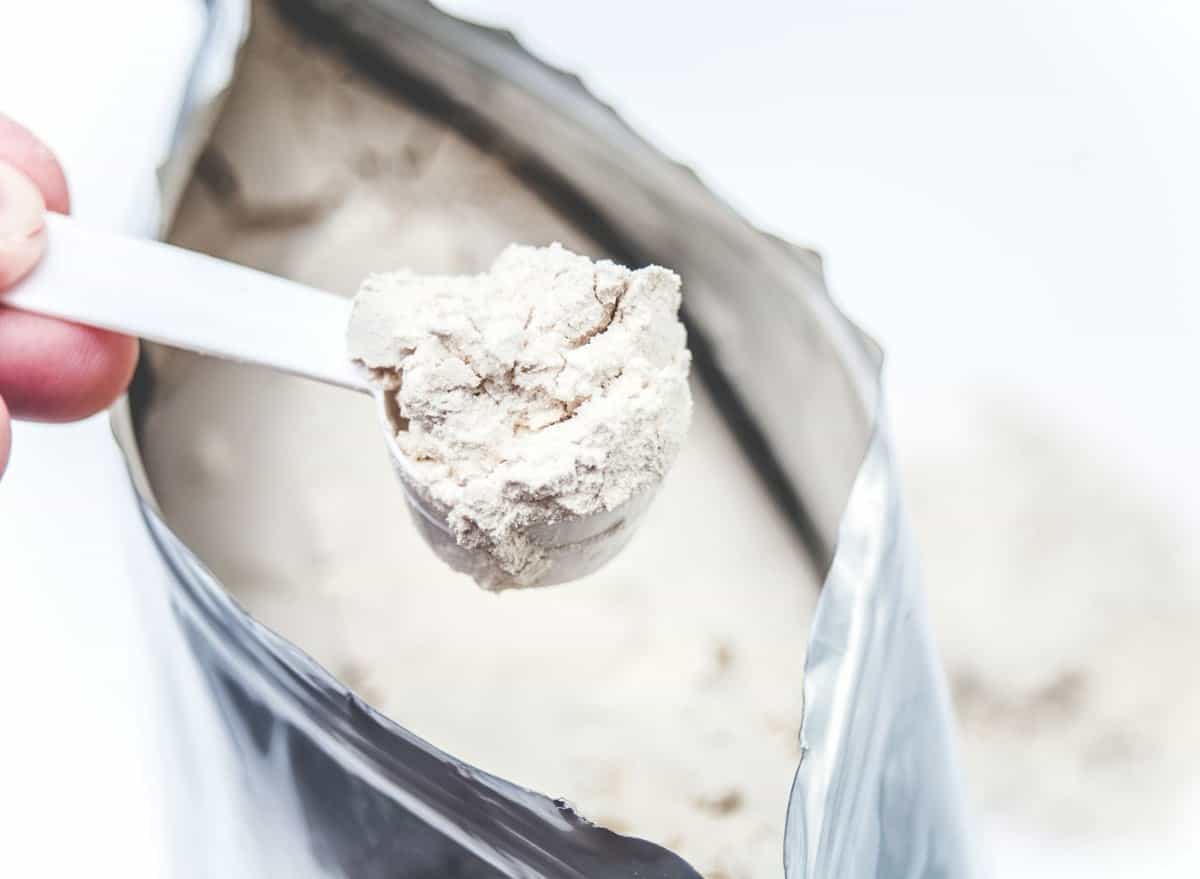
HOW MUCH PROTEIN DO I NEED?
LBS
100-109
110-119
120-129
130-139
140-149
150-159
160-169
170-179
180-189
190-199
200-210
211-219
220-230
231-240
241-250
KGS
45-50
51-53
54-59
60-62
63-68
69-71
72-77
78-80
81-86
87-90
91-95
96-99
100-104
105-108
109-113
AVERAGE
64-70
71-75
76-83
84-88
89-95
96-101
102-108
109-114
115-121
122-126
127-134
135-139
140-146
147-152
153-159
ATHLETIC
77-85
86-92
93-100
101-107
108-116
107-123
124-131
132-138
139-147
148-154
155-162
163-169
170-178
179-184
185-193
The above chart is a basic guide. Exact amounts are determined according to individual needs.
Here are factors to consider: Age, gender, activity level, pregnancy, all play a role.
Other variables include the proportion of amino acids available in specific protein foods and the digestibility of individual amino acids.
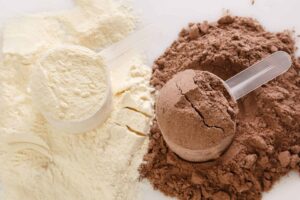
Protein powders are concentrated sources of protein derived from animal or plant foods, such as dairy, eggs, yellow split peas or rice.
They are considered a cellular protein, meaning they will generally absorb between 15 – 30 minutes, unlike meat which takes more like 12 hours.
A good protein powder is best used in adjunct with your meals.
Finding a quality protein powder can be a real challenge, if you don’t know what you’re looking for.
HERE ARE THE IMPORTANT FACTS TO HELP YOU PICK THE RIGHT PROTEIN
CHECK OUT THE FOUR BASIC TYPES OF PROTEIN:
Protein concentrates: Produced by extracting protein from whole food using heat and acid or enzymes. These typically supply 60–80% protein, with the remaining 20–40% composed of fat and carbs.
Protein isolates: An additional filtering process removes more fat and carbs, further concentrating the protein. Protein isolate powders contain about 90–95% protein. Absorbs quicker in the body than concentrates.
Protein hydrolysates: Produced by further heating with acid or enzymes — which breaks the bonds between amino acids — hydrolysates are absorbed faster than the concentrates and isolates by your body and muscles.
Click here for a combination of protein isolate and concentrate packed with nutrients
NOW LET’S TAKE A LOOK AT WHAT KIND OF PROTEIN?
Collagen is the major insoluble fibrous protein in the extracellular matrix and in connective tissue. In fact, Type I collagen is the most abundant protein in human body.
The word “collagen” is derived from the Greek word for glue; in other words, the glue that holds the body together. Collagen is an important building block in bones, ligaments, tendons, and muscle. It plays a big role in the health of your hair, skin, and nails.
Click Here to get you started on a collagen with all 3 researched peptides.
Pea Protein
Sourced from yellow split peas and boasting essential amino acids. Study shows the pea protein to be a major support of inflammation and antioxidant. (1)
In a 12-week study comparing the effects of pea protein and whey on muscle recovery, scientists discovered pea protein slightly outperformed whey.
Brown Rice Protein
Brown rice protein is highly absorbable. Study proved brown rice protein is just as effective as whey protein in supplementing body composition and exercise performance. (2) Brown rice protein is also full of antioxidants and studies show can support liver. But alone is not a complete protein; that’s why it is used in combination with other proteins. Beware of cheap sources that can be high in arsenic.
Pumpkin Seed Protein
These protein-rich superfoods are packed with antioxidants and plant fiber, and a good source of magnesium to boot.
Sacha Inchi Protein
A Peruvian protein, better yet called a “superfood” with a unique nutty flavor. Why, because it’s not only a complete protein, but also naturally contains omega fatty acids 3, 6, & 9. Other natural benefits are antioxidants, magnesium, potassium and calcium.
Hemp protein
Another plant-based digestible protein, gaining popularity. Hemp is rich in beneficial omega-3 fatty acids and several essential amino acids. It is not considered a complete protein because it has low levels of the amino acids lysine and leucine. Although hemp is related to marijuana, it only contains trace amounts of the psychoactive component THC.
Egg Protein
However, egg protein powders are typically made from egg whites rather than whole eggs. Although the protein quality remains excellent, you may experience less fullness because the high-fat yolks have been removed.
Whey Protein
Last but not least is the popular whey protein. A good quality whey can have multiple benefits, including immunoglobins to support the immune system. Whey protein is known as a complete protein, containing high levels of branched-chain amino acids (BCAAs). The downside is people who are sensitive to dairy, it may not be the best choice.
SUMMARY:
Protein powders come from a variety of sources and are available in several formulations. People use them to help meet their protein needs, weight management, reduce hunger cravings, increase muscle mass, and improve overall body composition.
Avoid added sugars, artificial sweeteners, additives and hydrogenated oils in your protein powders.
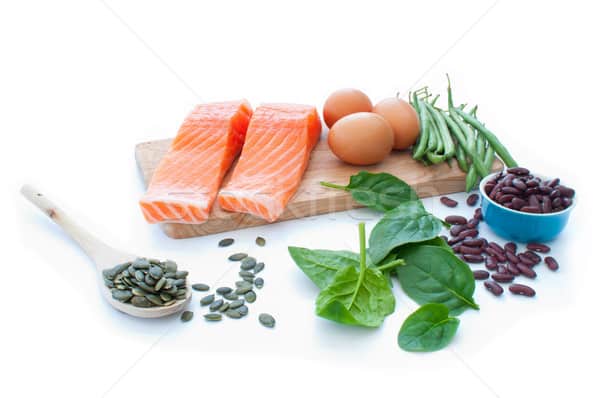
Complete proteins contain all 9 essential amino-acids that our bodies cannot make.
Incomplete proteins are best eaten in combination or a variety with your meals to make a complete protein.
The following foods will provide about 7 grams of protein per serving listed below (Re: USDA):
• one ounce lean meat, poultry, seafood
• one ounce of meat, poultry, or seafood
• one egg
• one tablespoon of peanut butter
• half an ounce of nuts or seeds
• one fourth of a cup of cooked beans or peas
Complete proteins: meat, fish, eggs, and dairy.
Complete Plant Proteins: Tofu, Edamame,Tempeh, Quinoa, Miso, Hemp, Buckwheat, Chia seeds
Incomplete proteins: Nuts, seeds, legumes, grains, and small amounts in some vegetables. They are best eaten in combination together to make a complete protein.
WARNING SIGNS OF PROTEIN DEFICIENCY
Protein deficiency can also be due to the inability to break protein down properly. Here are some cues to look out for:
•Long-term weight loss– A recognizable decrease in body weight long-term not associated with changes in diet or workout volume. Overweight individuals can also be mal-nourished [nutrient deficient].
• Hair loss and brittle or ridged nails-If you notice hair loss or brittle nails, this is a potential indicator. Ridges running from the top to the bottom of the nails can be a signal that the body is suffering an ongoing protein deficiency.
• Extreme fatigue and sleepiness-If you’re tired when you shouldn’t be, inadequate protein intake could be to blame.
• Mood swings.Specific amino acids in protein are the building blocks for neurotransmitters such as dopamine and serotonin which control mood. If your dietary protein intake is inadequate, mood swings are a potential by-product.
•Decrease in muscle mass not due to decrease in workouts. Despite regular workouts, if your muscles decrease in size, your body is most likely cannibalizing itself for necessary protein.
• Overall weakness during workouts-Without enough protein for repair, your muscles may not have fully recovered from the previous day’s workout.
• Will High Protein Damage my Kidneys?-Because your kidneys play a major role in the excretion of protein (nitrogen to be exact), it’s been speculated for years that high protein intake can cause damage to the kidneys. This connection is still merely speculative and in fact, studies on athletes with high protein intake have concluded there is no connection. (4.)
What's the Difference Between Amino Acids and Protein
Proteins are a combo of 20 different amino acids that form the basis of life. The body synthesizes some protein foods we eat. Not all proteins have all 9 essential amino acids.
They are like tiny machines inside the cells that make all living things, whether viruses, bacteria, butterflies, jellyfish, plants, or human function.
The human body consists of around 100 trillion cells. Each cell has thousands of different proteins. Together, these cause each cell to do its job.
These 20 amino acids can be arranged in millions of different ways to create millions of different proteins, each with a specific function in the body. The structures differ according to the sequence in which the amino acids combine.
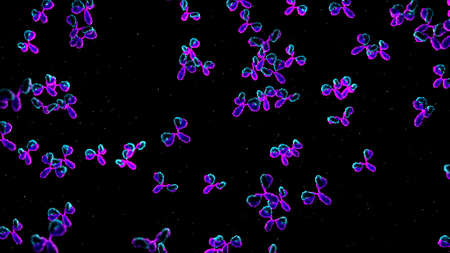
The 20 different amino acids that the body uses to synthesize proteins are: Alanine, arginine, asparagine, aspartic acid, cysteine, glutamic acid, glutamine, glycine, histidine, isoleucine, leucine, lysine, methionine, phenylalanine, proline, serine, threonine, tryptophan, tyrosine, and valine.
Amino acids are organic molecules that consist of carbon, hydrogen, oxygen, nitrogen, and sometimes sulfur.
It is the amino acids that synthesize proteins and other important compounds in the human body, such as creatine, peptide hormones, and some neurotransmitters.
PROTEIN AND CALORIES
Will I gain weight?
With that said from young to elderly, protein powders can give that books and help stabilize cravings. The answer is no. Because of the power of protein and stabilized glucose, protein can help prevent those sugar lows. Sugary high carb and salty snack attacks that only satisfy the taste buds in the moment; later lead to insulin resistance which attributes to weight gain and future diabetes.
Protein provides calories. One gram of protein contains 4 calories. One gram of fat has 9 calories. The average American consumes around 16 percent of their calories from protein, whether of animal or plant origin. Use to, it was believed that Americans obtain too many calories from protein, but now some experts are calling this a “misperception.”
